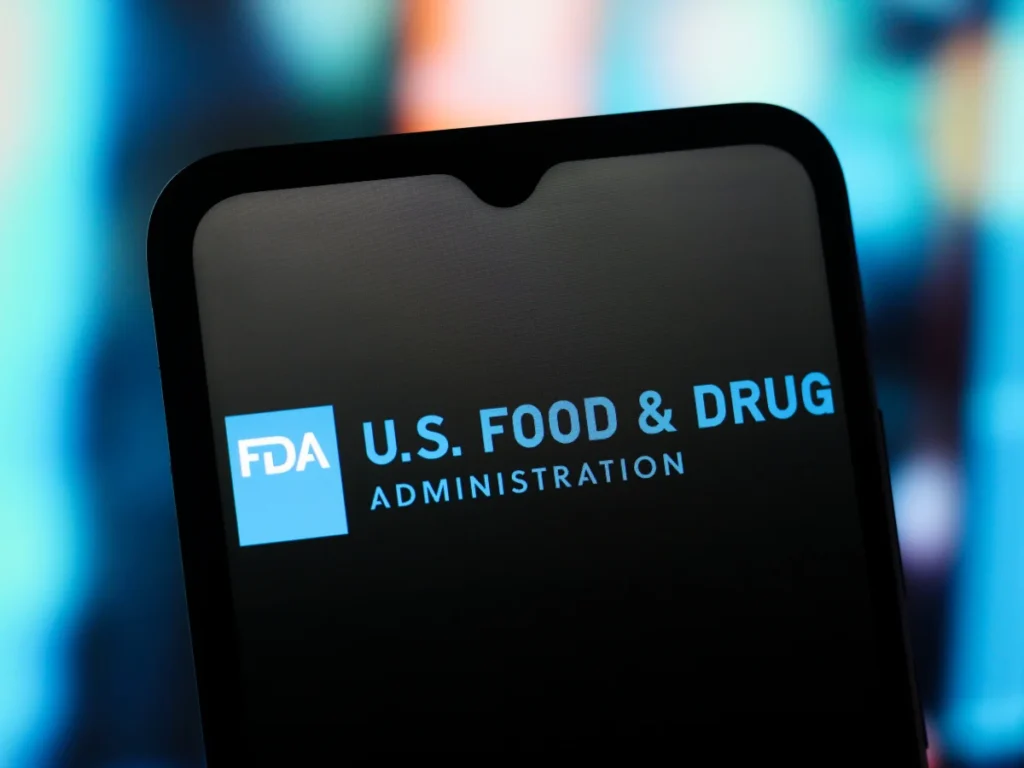New option opens for patients who have exhausted several therapies in their fight against relapsed or refractory multiple myeloma
New option opens for patients who have exhausted several therapies in their fight against relapsed or refractory multiple myeloma

The U.S. Food and Drug Administration announced on 2 July 2025 that it has granted accelerated approval to linvoseltamab-gcpt, which will be marketed under the name Lynozyfic. The approval covers use in adult patients with relapsed or refractory multiple myeloma who have already undergone at least four prior lines of therapy. This decision represents another step forward in the rapidly evolving landscape of blood cancer therapies, particularly for a patient population that often faces dwindling options.
Why this approval matters
Multiple myeloma is a challenging and persistent disease. Despite the availability of proteasome inhibitors, immunomodulatory drugs, and anti-CD38 monoclonal antibodies, many patients eventually relapse. Over time, the cancer develops resistance, leaving patients and physicians searching for new ways to gain even a temporary reprieve. For those who have cycled through the mainstay treatments, few options remain. Lynozyfic offers a new strategy at a stage when patients are most vulnerable and most in need of additional choices.
How Lynozyfic works
The therapy is designed as a bispecific antibody, meaning it is engineered to bind to two different targets at once. In this case, one arm of the antibody locks onto BCMA (B-cell maturation antigen), a protein found on the surface of myeloma cells. The other arm engages CD3, a receptor on T cells. By bridging these two targets, the drug effectively redirects the patient’s own immune cells to recognize, attack, and kill the malignant plasma cells. This type of immune-based approach has been gaining traction in oncology, with several bispecifics now approved for blood cancers.
Data supporting the decision
The FDA’s approval was based on clinical data showing that patients heavily pretreated with existing therapies experienced meaningful response rates. While the approval does not indicate that the therapy cures multiple myeloma, the responses observed were substantial enough to offer real clinical value. Many patients in these studies had seen their disease progress despite repeated rounds of therapy, and the introduction of Lynozyfic provided measurable reductions in tumor burden and, in some cases, durable responses.
Safety and ongoing studies
Like all immunotherapies, Lynozyfic carries risks that must be managed carefully. Cytokine release syndrome and neurological side effects are known potential complications of bispecific antibodies, and patients will need close monitoring, especially during the first doses. The FDA emphasized that the approval falls under its accelerated pathway, meaning that confirmatory trials will be required to establish long-term benefit and verify safety in larger, more diverse patient populations. Those studies are already underway, and regulators will be watching closely to see if the early promise holds.
Implications for the field
This approval highlights two key trends. First, the growing role of BCMA as a validated target in multiple myeloma, with both CAR-T cell therapies and antibody-drug conjugates already approved. Second, the shift in regulatory strategy, where promising drugs are being advanced to patients more quickly while requiring continued evidence generation. For patients and families, the news means another line of defense has been added when the disease becomes resistant to existing drugs.
The oncology community is cautiously optimistic. While no one therapy is expected to overcome the complexity of multiple myeloma, the expanding toolkit suggests that patients will increasingly have access to combinations or sequences of treatments that can prolong survival and improve quality of life. Lynozyfic, with its novel design and clinical impact in a difficult setting, may play a central role in that strategy.
The FDA’s decision on Lynozyfic underscores the delicate balance regulators must strike between urgency and caution. For the patients who have been waiting for another option, this approval represents more than just another name in the long list of drugs. It is a chance at added time, renewed control over their disease, and hope that continued progress will bring even more effective solutions in the years ahead.
Keep in touch with our news & offers